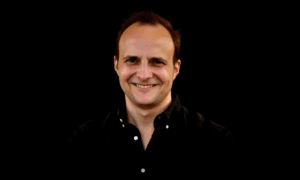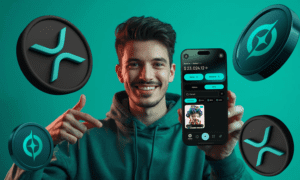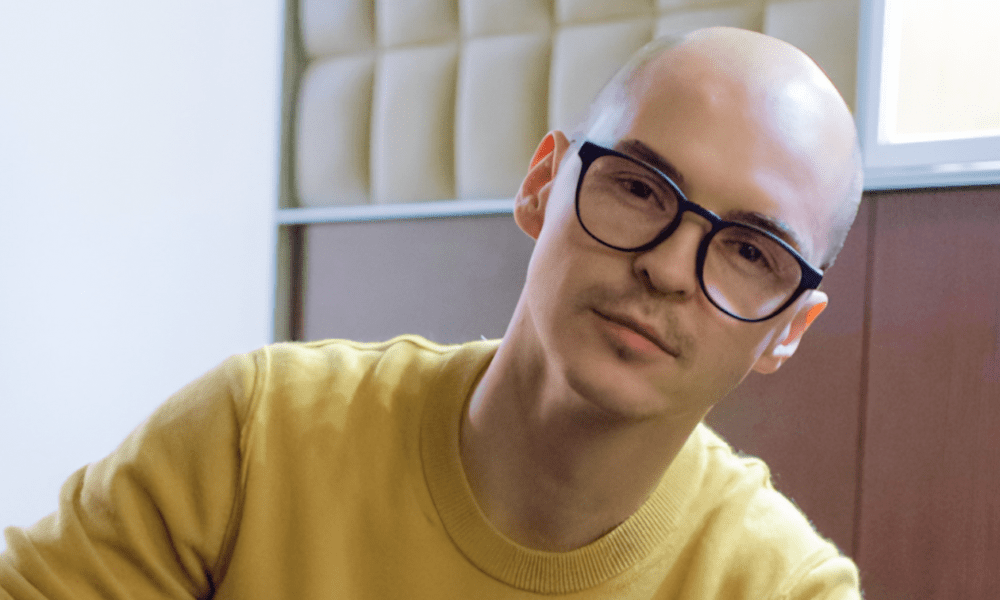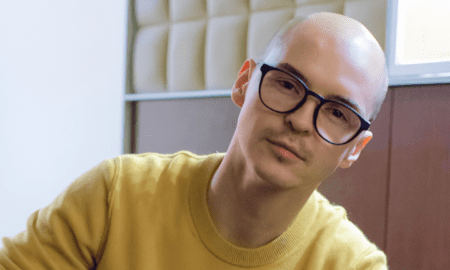Danel Zharmenova is the Silver Winner of the NY Architectural Design Awards and the founder of STUDIO DANEL, a multidisciplinary interior design practice recognized for its modernist precision and intelligent use of technology. A pioneer in virtual reality for interior design, she introduced immersive visualization at Houston City College, where students still learn using her original VR models. Her innovations have influenced professional projects across Texas and were exhibited at the Glassell School of Art, part of the Museum of Fine Arts, Houston. She has spoken at the University of Houston alongside NASA engineers and researchers, exploring how design and science intersect to redefine human experience. Born in Kazakhstan and educated in Switzerland and the United States, she combines business strategy with artistic vision to create spaces where technology, craftsmanship, and emotion coexist in harmony.
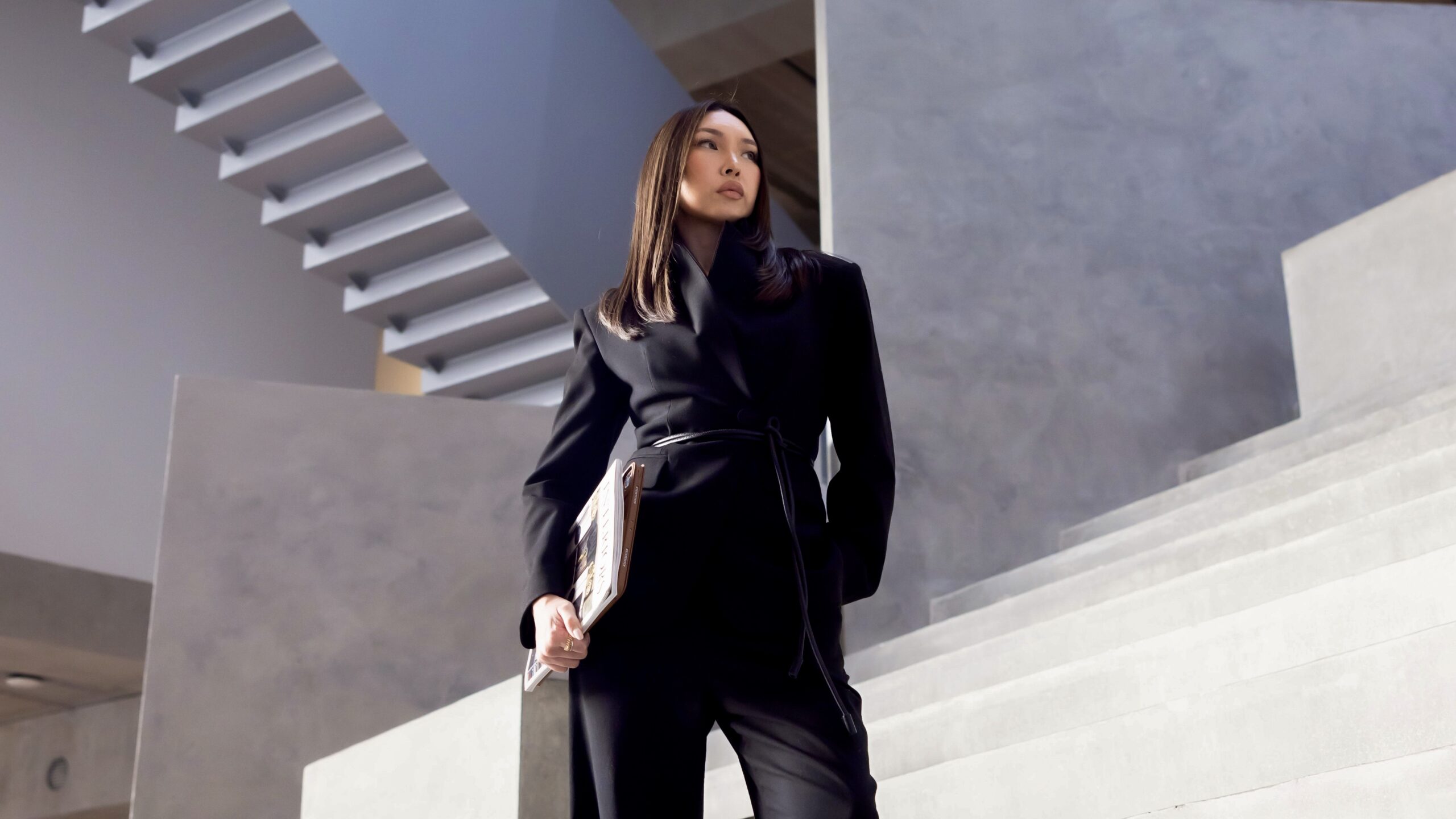
Photo by Gary Hufham
1) Danel, you were recently invited as the only guest speaker at Houston City College’s Square One event to share your journey from student to founder. How did your early exploration of VR not only shape your career but also transform interior-design education at HCC?
Curiosity led everything. I have always loved exploring how technology can serve creativity rather than replace it. While studying interior design at HCC and working in the Maker Space Room, I helped students use tools like laser cutters and 3D printers when the VR Lab reached out to collaborate. They had the hardware but no one who could translate it into the language of design. It was 2018, and there were no tutorials or guides, just pure experimentation. I taught myself step by step, then began leading workshops for students and faculty, showing how we could bring design models to life inside VR. That experiment grew into the college’s first interior design portfolio show, where people could literally walk through students’ projects in goggles. Years later, being invited back as the only guest speaker at Square One to share that story was surreal. It proved that quiet curiosity can grow into something that reshapes an entire way of learning.
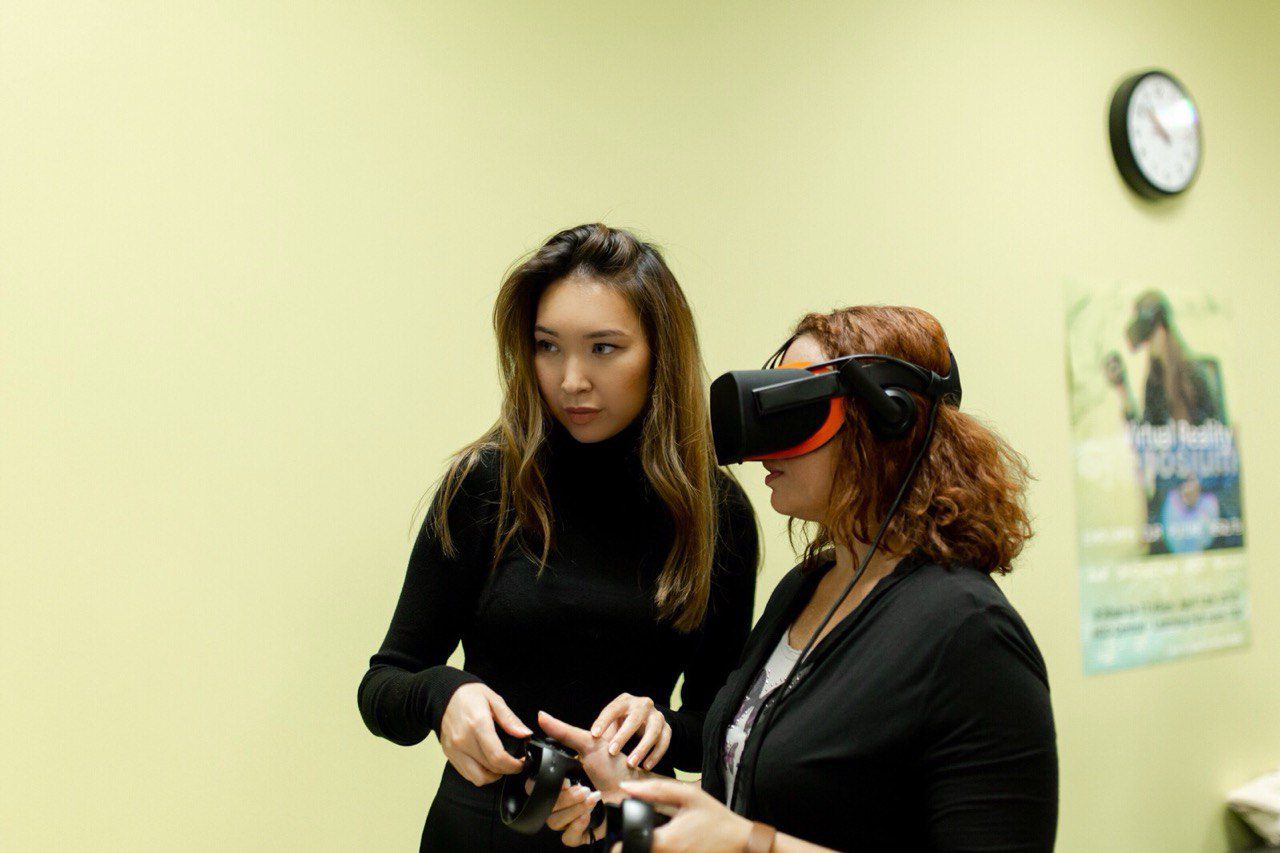
2) You were selected to showcase your boutique-hotel VR project at the Glassell School of Art, part of the Museum of Fine Arts Houston. What did that experience teach you about technology as an artistic medium?
Exhibiting at the Glassell was the first moment I saw VR as more than software; it became a language of emotion. Watching people step into my virtual space and react instinctively reminded me that design and art share the same purpose: to make people feel something real, even in a digital world. I will never forget one little boy who put on the goggles, looked around, and said, “Wow, I didn’t know what interior design was. Now I do. I want to be an interior designer too.” That moment gave me chills. It showed me how technology, when used with intention, can inspire empathy, curiosity, and imagination all at once.
3) You often integrate immersive technologies into your design process. Which tools such as VR, AR, or AI do you use most today, and how have they evolved since 2018?
Today I work mainly with Revit, SketchUp AR, Enscape, and Twinmotion. Each serves a different purpose. SketchUp’s AR models are great for showing clients how a space will look directly on site, where they can hold up a tablet and see the design appear in front of them in real scale. Enscape is my everyday tool for real-time visualization. It allows me to test lighting, materials, and reflections instantly, helping me make design decisions faster and more accurately. Twinmotion is ideal for creating full visual stories, from movement and people to sound and atmosphere. Compared to 2018, these programs have become much more intuitive and powerful. With AI now integrated, I can design and visualize at the same time, which makes the entire process more efficient and collaborative.
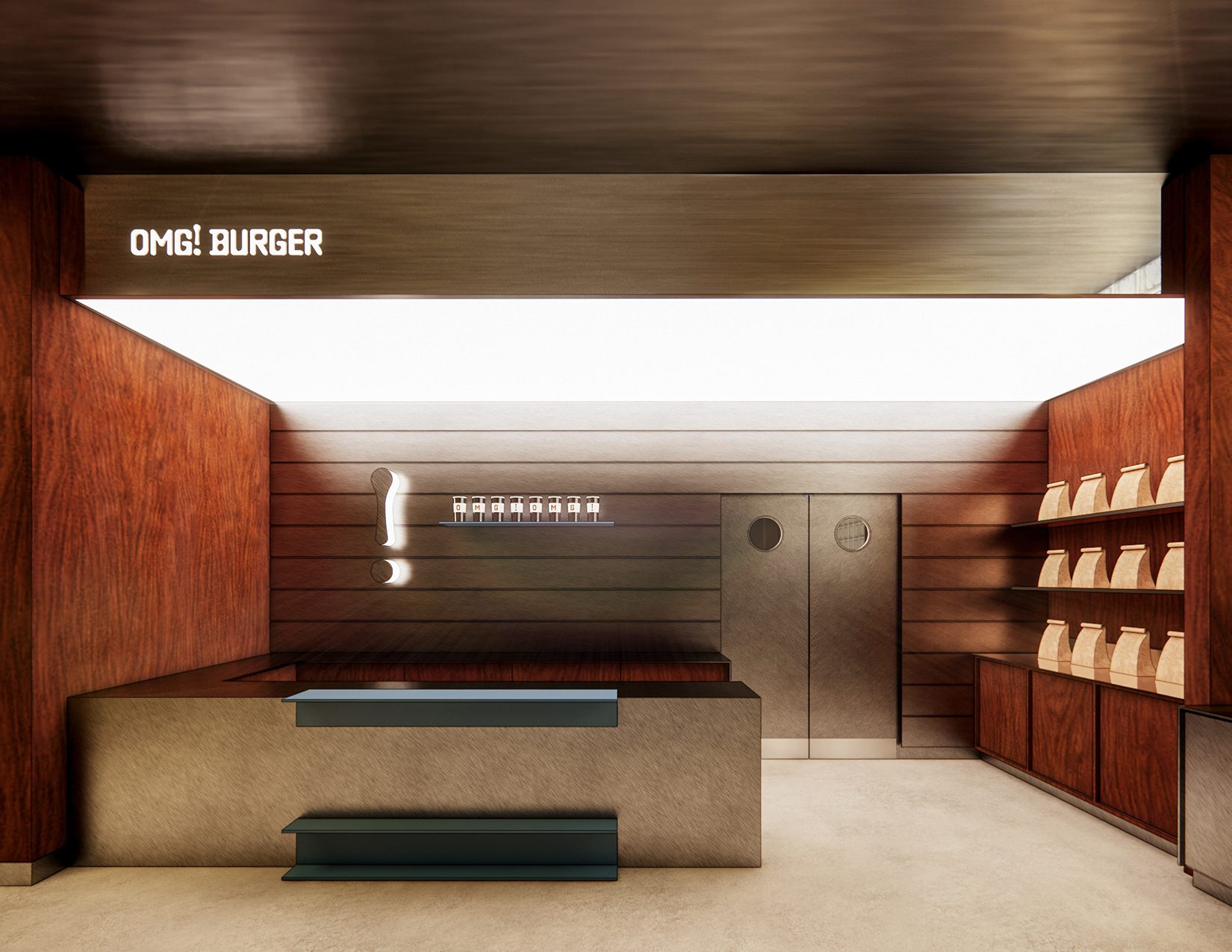
4) Your project OMG Burger won a Silver Award at the NY Architectural Design Awards for Interior Design – Restaurants & Cafés. How did technology and innovation shape its design process and help it stand out among other entries?
OMG Burger reimagines the fast-casual restaurant as a place that can look cool, feel curated, and bring people together. I used VR and real-time rendering to study proportions, reflections, and color relationships long before construction began, allowing the client to experience the space exactly as it would look once built. The judges appreciated that balance between precision and playfulness, between the clarity of modernism and the joy of pop culture. For me, the award confirmed that when guided by a clear creative vision, technology can amplify emotion and transform design into an experience.
5) You’ve worked on both high-end residential and commercial spaces — does the role of technology differ between those sectors?
Yes, very much. In residential design, technology plays a quieter role. It supports comfort, emotion, and everyday life. I use VR or AR to help clients imagine how they will live in the space, how light moves across the room, or how a texture changes the atmosphere. It is personal and subtle, focused on creating a feeling of home. In commercial and hospitality projects, technology takes on a more active role. It helps tell a story and coordinate many moving parts. VR allows contractors and architects to see and solve potential issues before construction, while cinematic tools like Twinmotion help communicate a brand’s visual identity. The intention changes, but the purpose stays the same: to create meaningful experiences that connect people to the space.
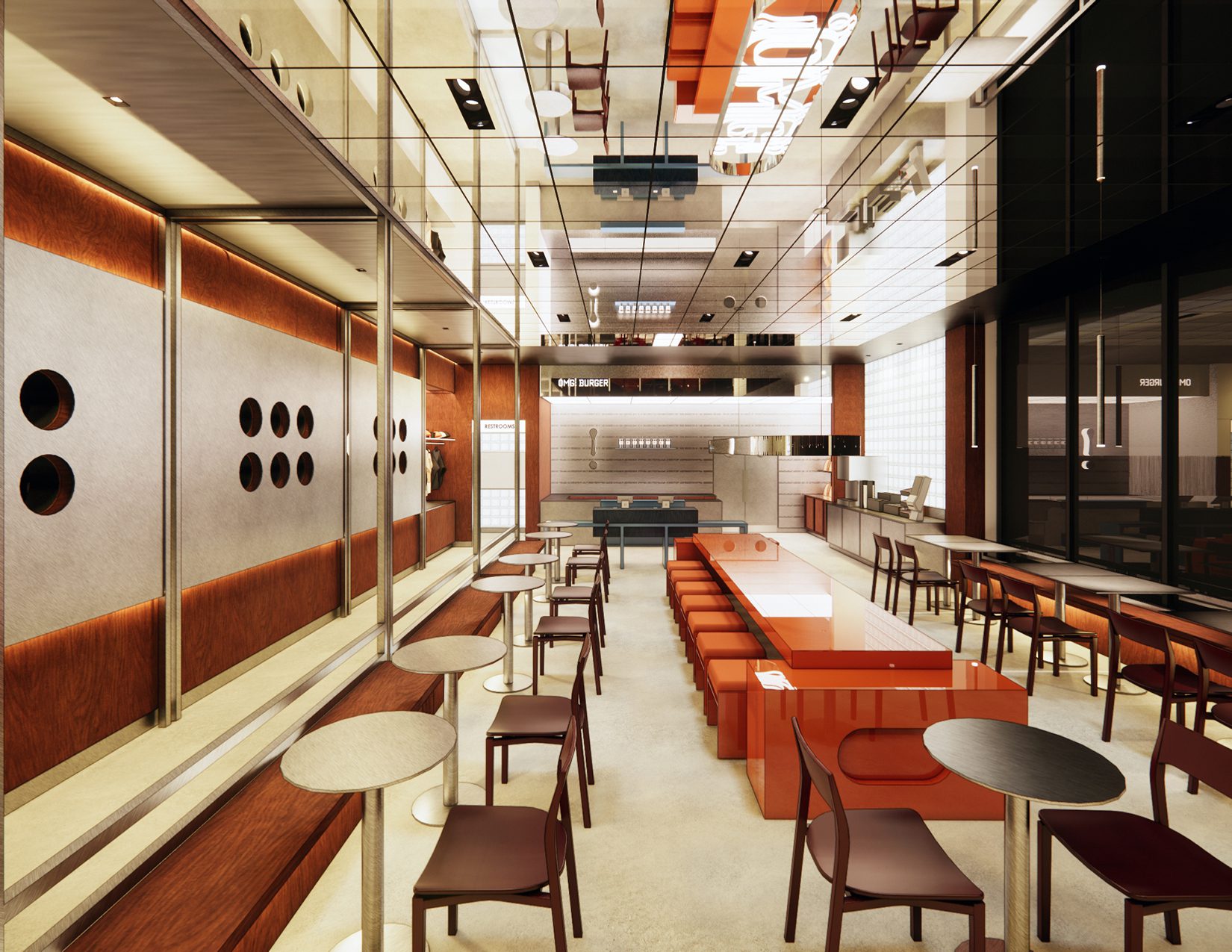
6) How do you see AI reshaping the interior design profession in the next five years?
AI is quietly becoming a new kind of collaborator, almost like an invisible assistant who listens, observes, and helps you think faster. It does not replace creativity because it has no point of view of its own. It gathers, blends, and averages, but it cannot feel. And design, at its core, is about feeling, about sensing proportion, atmosphere, and meaning. What it can do is expand the field of possibility. I think we will see more ideas that once lived only in the imagination finally come to life. AI allows designers to test, sketch, and visualize concepts instantly, which gives more time for refinement and creativity. It helps translate intuition into an image. In the next five years, AI will likely become as natural a part of the creative process as a sketchbook or Photoshop once were. It will not replace the designer’s vision, but it will accelerate the path from inspiration to realization, making creativity more fluid, accessible, and precise.
7) You’ve spoken at the University of Houston’s “Virtual and Augmented Futures” panel alongside NASA engineers and academic researchers. What did that exchange reveal about the intersection of design, science, and technology?
That panel at the University of Houston was a great reminder that creativity does not belong to one field. It was fascinating to see how people from such different backgrounds—NASA engineers, art professors, and IT developers—could find common ground through imagination. The NASA team described how they train astronauts using immersive simulations, while the art professors demonstrated how simple tools like QR codes can open entirely new worlds. One developer was even creating a VR dating app where two people could meet at the Eiffel Tower while sitting continents apart. Listening to everyone, I realized that innovation happens at the intersection of disciplines, where curiosity meets collaboration. It is never just about the technology itself but about the story you tell with it. That experience reinforced my belief that design, science, and technology ultimately share one goal: to make people feel more connected to the world around them.
8) What challenges did you face introducing immersive technologies in a field that traditionally relies on sketches and physical models? Do clients find VR presentations more persuasive or transparent compared to traditional renderings?
At first, it felt like speaking a new language to people who were used to traditional drawings. Younger clients embraced it right away because they enjoy exploring a space before it exists and seeing how light and movement come together. For them, VR feels intuitive and engaging. With older clients, the process takes more time. Many still prefer printed plans or physical models they can touch, so I often combine both approaches, using hand sketches for concept and VR for clarity. When it works, it changes everything. VR removes uncertainty and makes the design process more transparent. Clients do not just look at renderings; they experience the space, which builds trust and confidence in every decision.
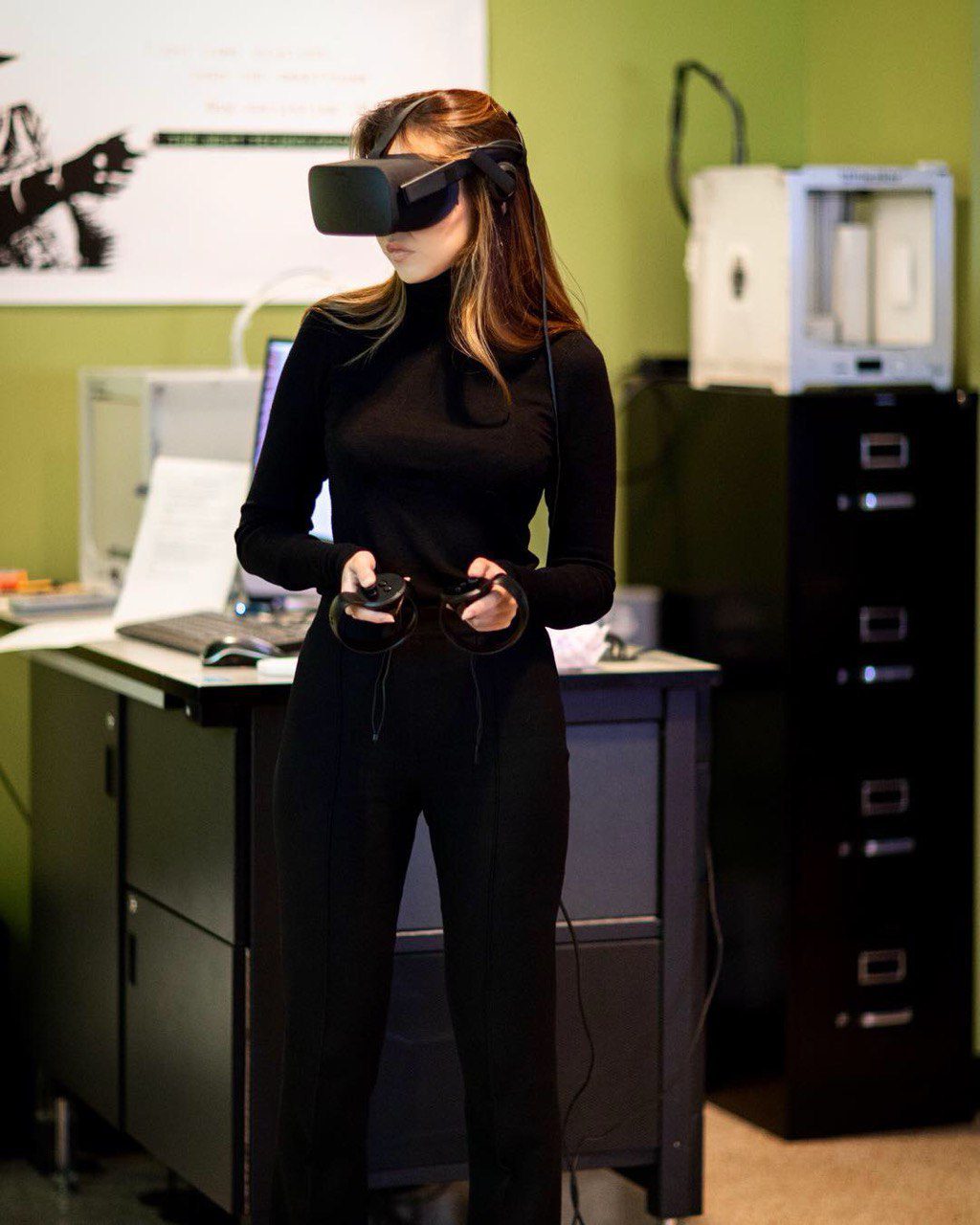
Photo by Matthew Lamar Ramos
9) You studied business in Switzerland and interior design in the United States—two very different disciplines. How have these backgrounds influenced the way you lead Studio Danel?
Switzerland gave me structure and discipline, while the United States gave me creativity and freedom. My business degree taught me how to think strategically and build sustainable systems, while my design education taught me how to trust intuition and emotion. At Studio Danel, I combine those worlds so that every project becomes both a creative vision and a well-planned process. Balance is essential. I believe form should always follow function, and that every concept must start with the DNA of the project. Once that foundation is clear, aesthetics and purpose naturally merge.
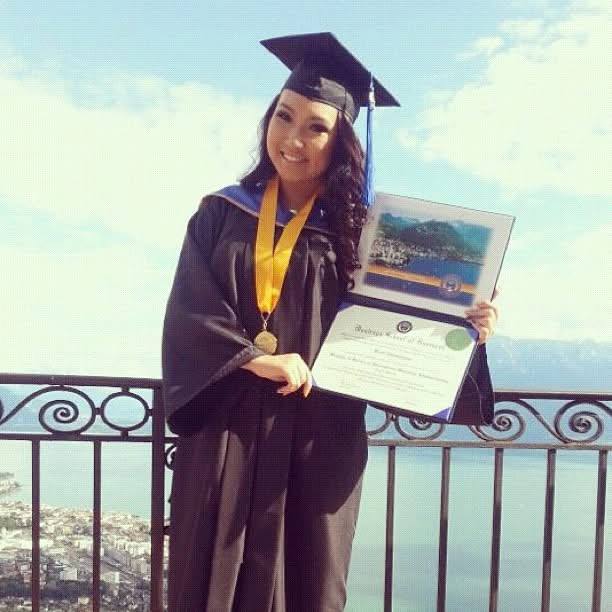
10) Finally, what’s next for Studio Danel — are you exploring new frontiers like mixed-reality collaboration or digital twins for interiors?
Yes, absolutely. I believe mixed reality and digital twins have the potential to elevate the experience, especially for commercial projects where storytelling is everything. The idea that the real and the digital can coexist and echo each other feels incredibly powerful. Imagine walking into a restaurant or gallery where the physical space and its digital twin communicate, shifting light or mood in response to people’s presence. It opens a new dimension of design, one that engages all the senses. For Studio Danel, the next frontier is not about using more technology but about using it with more depth. I want to explore how digital tools can express emotion, memory, and beauty while staying rooted in craftsmanship and soul. The goal is not to escape reality but to expand it—to create spaces that move people, where technology quietly disappears into the feeling of being there.



